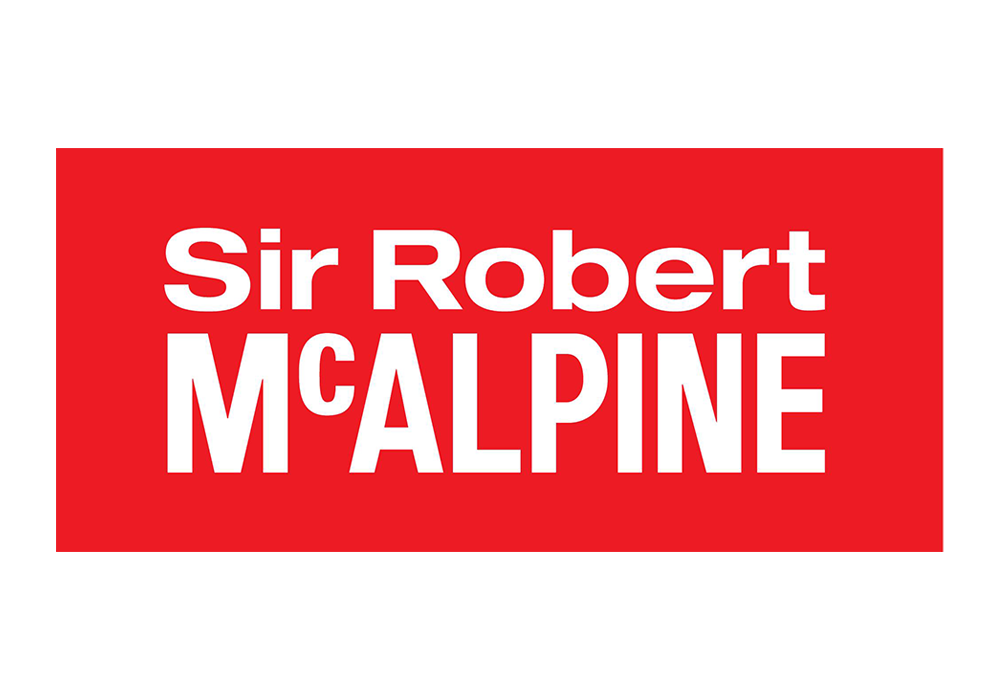
Sell your Limited Company
Never before has operating a limited company in the UK been so challenging.
Not only do we have uncertainty in the macro-economic landscape with Brexit and its associated impact on financial markets, we also have an unprecedented level of legislative reform and implementation concerning the tax and compliance obligations for small businesses.
With all the pressures above, you could be forgiven for deciding to hang up your laptop and tie and head off into the sun.
But how would you release the accumulated wealth in your company and what would be the effective rate of tax?
Below we explore the options available to you on ‘LEXIT’, a Limited Company Exit. If you want to explore any of the options in more depth contact us for a free consultation, and discover if you can access the reserves in your company in a tax efficient way.
A. Solvent Liquidation
Pre-April 2016 a Solvent Liquidation, or Members Voluntary Liquidation [MVL] as it is more commonly known, was the cornerstone of tax planning for small business owners.
An MVL allows a business owner to release the reserves as capital on cessation of trading and, should the owner meet the qualifying conditions, this would provide access to Entrepreneurs Relief and the coveted 10% rate of tax.
Post April 2016, and with the introduction anti avoidance 396b of ITTOIA 2005 concerning ‘Distributions in a winding-up’, one needs to consider carefully their future plans.
S.396b seeks to remove capital treatment of distributions where amongst other things, the owner…
“…continues to carry on the same or a similar trade or activity to that carried on by the wound-up company within the two years following the distribution…”
Where your future plans are uncertain, structuring and planning is essential prior to embarking on an MVL.
With careful planning an MVL route can often be achieved. This is beneficial as professional costs are low, as are the tax rates achieved.
However, get it wrong and you could be looking at a large tax bill and potential litigation.
B. Sell, Sell, Sell
We work actively with SPV vehicles specifically targeting the acquisition of Limited Companies.
These SPV’s consider the acquisition of most companies, even moribund, where trading has stopped and key personnel are departing.
What are they buying you ask? Cash!
Typically, these entities purchase companies at a 10% discount on NAV [ Net Asset Value] which provides a commercial motive for the SPV and a profit. The seller receives payment as agreed in a Share Purchase Agreement, crystallising a capital gain on disposal of the equity.
Should the owners meet the qualifying conditions, Entrepreneurs Relief would be available on the disposal, and importantly, s.396b of ITTOIA 2005 would not apply.
This route is quick, efficient and ideal where future plans are uncertain. There is no restriction on working in the same industry and owners are free to set up a new company immediately.
C. Dividend Cash Cow
If you are not in a hurry for your money, siphoning the reserves from the company over a period of time may be the best option.
This route works well where the future is unknown as it allows flexibility as to how amounts are drawn. The owners have the option of declaring dividends or taking cash by way of a loan.
There are obviously ongoing compliance costs in operating the limited company and filing returns. Tax returns could be required personally in overseas jurisdictions if one qualifies as a tax resident in that country.
For UK tax residents, careful structuring could result in a maximum effective tax rate of just 7.5% on c.£46,000 of drawings per shareholder.
D.Insolvent Liquidation
It’s a sad fact that most companies that form, fail. That said our insolvency laws allow for failure and encourage entrepreneurism.
If you are trading in a company that cannot meet is financial obligations when they fall due, or where its liabilities exceed assets, it may be that you are trading whilst insolvent.
It is essential you take action in these circumstances. You have a duty as a director to address these issues, and it may be that you need to stop trading to avoid placing more creditors, often including yourself if you have been funding the company, at risk of greater loss.
This exit may not lead to a relaxing time in the sun however on the flip side it should not necessarily prevent you from continuing to trade, if forming a new company.
Exit from a company that is not performing may give you the perspective and improved operating environment you need to succeed.
We have dedicated specialist in this area and the sooner you address any solvency issues in the company the more options you will have.
Summary
Planning an exit from your limited company is essential, get it right and you could be paying an effective tax rate below 10%, get it wrong and you could be looking at tax rates in excess of 38% and have intrusive enquiries raised on your affairs.
Contact us for a consultation around this to find out what your options are.

















